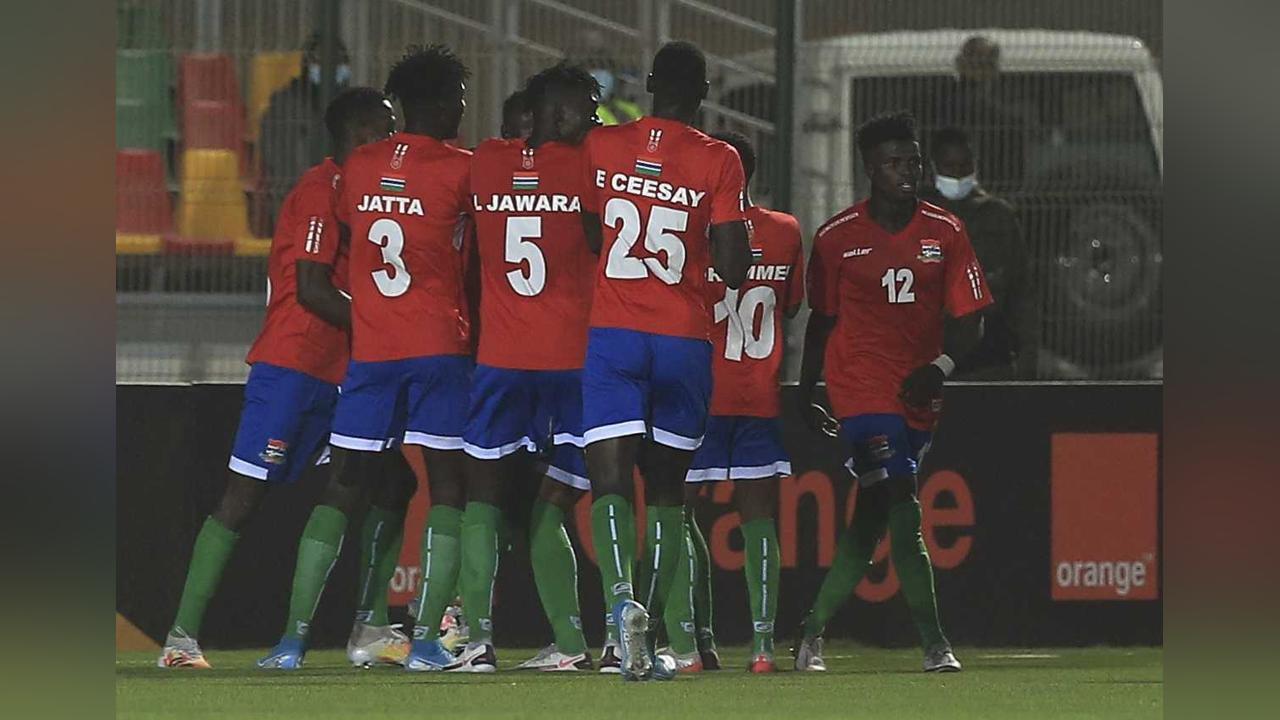Africa-Press – Gambia. Football is more than a game; it is a global gathering where life itself plays on the edge of a whistle.
In the modern era, the classification of a venue as an international football stadium extends far beyond the pristine turf, seating capacity, or the elegance of its architectural façade. It anchors itself deeply in a multilayered infrastructure of safety, including a fully integrated emergency medical system (EMS), tailored explicitly for football mass-gatherings.
According to Fifa and the Confederation of African Football (CAF), a stadium fit to host international matches must fulfill robust medical and emergency criteria aligned with global standards, such as those recommended by the World Health Organisation (WHO) for mass gatherings and incident management.
Understanding the medical dimension of mass-gathering in football
A football match, particularly at the international level, can draw tens of thousands of spectators in a single event. The 2010 Fifa World Cup in South Africa and the 2021 Africa Cup of Nations (Afcon) in Cameroon are prime examples of such mass gatherings. With that magnitude of human concentration, the potential for medical emergencies—including stampedes, cardiac events, heat strokes, violence-related injuries, and mass-casualty incidents—is profound. The WHO defines mass gatherings as events “characterised by the concentration of people at a specific location for a specific purpose over a set period of time, which have the potential to strain the planning and response resources of the community” (WHO, 2008).
According to Fifa’s Stadium Safety and Security Regulations (2021), “a minimum of one medical room equipped for emergency treatment must be available on-site, clearly signposted, and accessible to emergency vehicles at all times.” This is not merely a requirement for compliance but a necessity for survival.
Infrastructure requirements and stadium design considerations
The IFAB’s Laws of the Game do not directly dictate emergency medical infrastructure; however, they acknowledge the role of medical intervention during serious injuries. Building upon this, Caf and Fifa require stadiums to include:
· Two fully equipped medical rooms (one for players/officials, another for spectators).
· At least one advanced life support ambulance and medical staff available on-site throughout the event
· Direct road access for emergency vehicles from inside the stadium to the nearest major hospital or trauma cenre.
· Evacuation corridors, stretchers, oxygen supply, and defibrillators (AEDs) positioned across zones
· Medical personnel who are internationally certified in sports medicine and emergency response
Stadiums such as the FNB Stadium in Johannesburg or Stade Olympique de Radès in Tunisia are ideal examples of meeting these specifications, often acting as emergency hubs during matches.
Qualified medical personnel: The backbone of stadium safety
Fifa’s 2022 medical emergency bag guideline asserts that “a minimum of six trained medics including doctors, paramedics, and stretcher bearers must be stationed at field-side with direct communication to the Control Room.” Additionally, the Confederation of African Football mandates that medical teams for international matches must include at least one team physician, a sports physiotherapist, and an emergency medical technician (EMT) with basic trauma life support (BTLS) certification.
In line with WHO’s Public Health for Mass Gatherings: Key Considerations (2015), the integration of multi-disciplinary personnel—ranging from trauma surgeons to mental health responders—is essential. Fire brigades, trained in mass-casualty triage and evacuation techniques, are also integral to stadium EMS operations.
Historical lessons and incidents
The importance of well-structured emergency medical services at stadiums cannot be overstated. Consider the Ellis Park disaster (2001) in Johannesburg, where a stampede during a soccer match killed 43 fans. Lack of crowd control and emergency readiness were key contributors. Similarly, in Accra, Ghana (2001), during a Caf Champions League match, 126 fans died due to a stampede exacerbated by tear gas usage and locked exit gates—highlighting the fatal impact of poor emergency planning.
Conversely, at the 2018 Fifa World Cup in Russia, medical services were praised for their swift coordination and minimal on-ground incidents, thanks to comprehensive pre-tournament planning, WHO-led training for first responders, and GPS-integrated ambulance routes to pre-identified trauma centres.
Road network and medical evacuation strategy
The stadium’s connectivity to nearby medical facilities is a cardinal component of international certification. Fifa’s Medical Emergency Planning handbook (2020) states that “a transport plan must exist with no less than two pre-designated routes from the stadium to the primary and secondary hospitals.” These routes must be monitored by traffic control units and kept clear during match hours.
In African contexts, such as during Afcon 2021, Caf partnered with national ministries to create buffer zones around stadiums and deploy motorcycle-based paramedic units for faster mobility. The WHO guidelines recommend having temporary triage and stabilisation zones within the stadium in case external transport is delayed—a measure inspired by the 2015 Hajj mass-casualty response model.
Integration with fire brigades and tactical teams
Fire brigades are not merely fire control units at stadiums. According to the WHO’s 2018 Emergency Medical Teams (EMTs) technical standards, fire services form an integral part of first-response teams during crowd-related injuries, electrical failures, and chemical hazards. Their training now includes CPR, AED handling, triage categorization, and mass decontamination.
During the Heysel Stadium disaster (1985) in Belgium, inadequate coordination between medical teams and fire services delayed rescue efforts, leading to 39 deaths. The tragedy initiated a wave of reforms in medical response integration, especially in Uefa and Fifa certified stadiums.
Communication: The invisible lifeline
One of the invisible yet vital components of an international stadium’s EMS infrastructure is its communication matrix. From the pitch-side to the command centre and to ambulance units en route to hospitals, every second matters. The WHO’s 2015 Mass Gathering Health manual emphasises that communication protocols must include:
Dedicated emergency channels for medical teams
· Backup communication lines
· Satellite phones for international matches in zones with weak signal coverage
· Synchronisation with public safety bodies and media for public announcements during an incident
In Cameroon’s Olembe Stadium tragedy (2022), despite emergency readiness, miscommunication delayed the response, contributing to fatalities—once again proving that equipment without coordination is a ship without a captain.
Future of medical emergency design in football stadiums
As technology evolves, so does the vision for safety. AI-powered crowd monitoring, biometric scans for early detection of health anomalies, and smart AEDs linked to central data repositories are already under pilot testing in stadiums like Al Bayt in Qatar. WHO and FIFA have also begun collaborative discussions to develop universal EMS kits tailored for developing nations’ stadiums, aiming to democratise safety across the footballing world.
Fifa President Gianni Infantino, during the 2023 Global Sports Health Conference, emphasised, “The future of football is not just in fair play but in safe play. An international stadium must be a fortress of life, not a ground of death.”
For More News And Analysis About Gambia Follow Africa-Press






